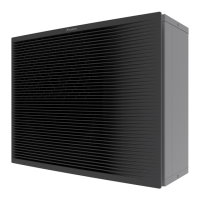
Do you have a question about the Daikin Altherma 3 HT and is the answer not in the manual?
| Type | Air-to-Water Heat Pump |
|---|---|
| Refrigerant | R-32 |
| Operating Temperature Range (Heating) | -25°C to 35°C |
| Energy Efficiency Ratio (Heating) | A+++ |
| Operating Temperature Range (Cooling) | 10°C to 46°C |
| Hot Water Temperature | Up to 70°C |
| Energy Efficiency Ratio (Cooling) | A++ |
| Heating Capacity | 4 - 16 kW (depending on model) |
Explains the meaning of danger, warning, and caution symbols used in the manual.
General safety guidelines for installers, including handling the unit and electrical safety.
Safety requirements for the installation location, avoiding hazardous atmospheres and electromagnetic interference.
Safety precautions related to refrigerant handling, including dangers of explosion and leakage.
Critical safety instructions for electrical wiring and connections to prevent electrocution and fire.
Safety instructions for opening units and electrical installation work.
Detailed safety instructions for electrical wiring, component connections, and earthing.
Instructions for integrating an auxiliary heat source for space heating.
Guidance on setting up the domestic hot water tank system, including layout and configuration.
Guidance on setting up power consumption controls like permanent limitation and digital inputs.
Guidance on selecting and preparing the installation site for the units.
Specific requirements for the outdoor unit's installation location, including spacing and environmental factors.
Requirements for the indoor unit's installation location, including ambient temperatures and piping limits.
Detailed steps and precautions for mounting the outdoor unit securely.
Instructions for ensuring proper drainage of condensation water from the outdoor unit.
Instructions for installing the indoor unit, including leveling and drain hose connection.
Guidelines for water circuit requirements, including legislation, tools, and insulation.
Steps for connecting water piping to the outdoor and indoor units, including precautions.
Methods for protecting the water circuit from freezing using glycol or freeze protection valves.
Essential safety precautions for connecting electrical wiring, emphasizing authorized electricians.
Best practices for connecting wires, including terminal types and wire management.
Detailed steps for connecting electrical wiring to the outdoor unit's switch box.
Overview of all electrical connections required for the indoor unit.
Steps for connecting the main power supply to the indoor unit.
Instructions for connecting the power supply to the backup heater.
Guidance on using the configuration wizard for initial system setup.
Settings for configuring space heating and cooling operation modes and schedules.
Configuration options for the domestic hot water tank, including powerful operation and setpoints.
Lists the various settings accessible by installers for system configuration.
Settings related to domestic hot water preparation and backup heater configuration.
Configuration options for emergency operation using the backup heater.
How to set and manage power consumption limits for the system.
Settings for configuring bivalent operation with an auxiliary boiler.
Overview of the steps involved in commissioning the system.
Enabling or disabling specific functionalities like space heating/cooling and tank operation.
Important safety and operational precautions to take before starting commissioning.
A checklist of items to verify after installation and before starting commissioning.
A checklist of tasks to perform during the commissioning process.
Procedure to check and ensure the minimum water flow rate is achieved.
Instructions for performing manual and automatic air purging of the water circuit.
Steps to perform operation test runs for heating, cooling, and tank functions.
How to perform test runs on various actuators like pumps and valves.
Safety warnings to be observed before performing any maintenance or service work.
Safety warnings to follow before and during troubleshooting procedures.
Guides users through identifying and resolving issues based on observed symptoms.
Guide to displaying help text for malfunctions and understanding unit error codes.
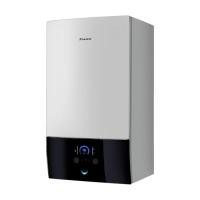
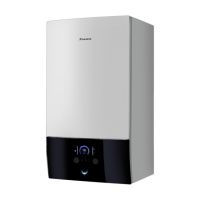
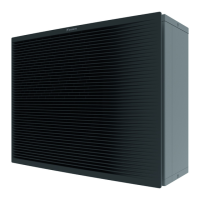
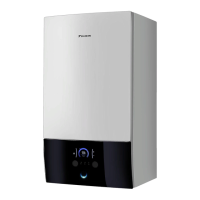

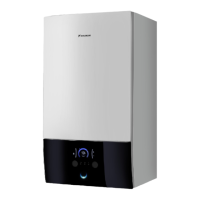
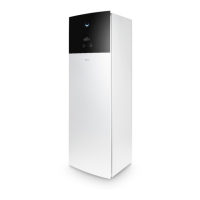

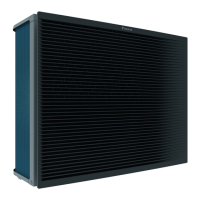
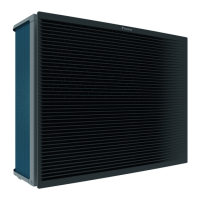

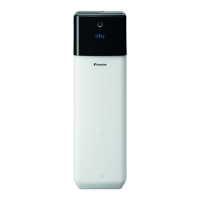
